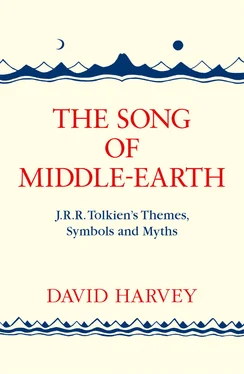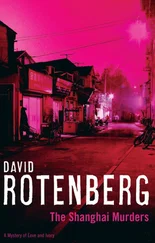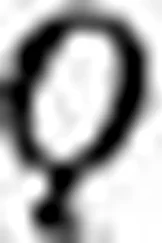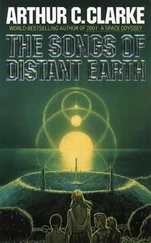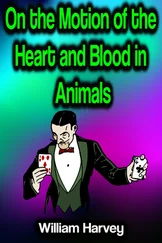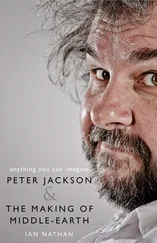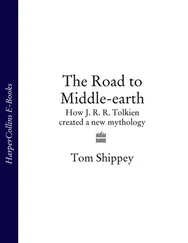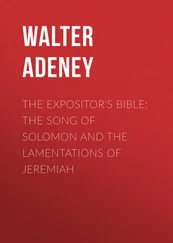Fiction, imagination and myth all occupy the same level for the artist. Fiction may be a deviation from reality or an approximation of it. With fiction, the artist can explain the inexplicable. There has been a tendency in modern literature to dispense with the mythic forms and the successful achievement of the Quest or the ‘happy ending’. Such literature is literature without hope and says little for Man’s ability to transcend or overcome his universal tragedy. But by the same token it is important to consider the element of tragedy in myth. So far we have looked at the hero and his Quest from a positive or ‘eucatastrophic’ point of view. Tragedy can provide us with a positive point of view, but with anything but happiness for the protagonist. The tragic hero carries within him the well-being of people and the welfare of the State. He engages in a conflict with the representative of darkness and Evil. He suffers a temporary defeat or setback. After a period of shame and suffering he emerges triumphant as the symbol of the victory of light and good over darkness and evil, a victory sanctified by the covenant of the settling of destinies which reaffirms the well-being of the people and the welfare of the State. In the course of the conflict comes a point where the protagonist and antagonist merge into a single challenge against the order of God. The protagonist commits an evil he would not normally do, and fails to do good when he should. At this moment we become aware that the real protagonist of the tragedy is the order of God against which the hero has rebelled. The pride and presumption which is within us all as a result of our mixed state is symbolised and revealed, and it is this hubris which is purged from us by the suffering of the tragic hero.
It is the function of the artist, the writer, the creative myth-maker to highlight and focus the symbols in his creative effort. As Blake says in ‘Jerusalem’, ‘I must create a system or be enslaved by another man’s.’
The end product of such creativity may be an eclectic synopticon such as W. B. Yeats’ A Vision or Graves’ The White Goddess, or a creation-like myth such as that of Wordsworth’s personal cosmos in The Prelude. Furthermore, it is difficult to achieve a totally clean break with the allegedly extinct mythologies and source studies have been devoted to Blake and Yeats. No matter how hard a creator may try, inevitably he draws upon extant mythology, and the mythopoeic impulse in imaginations as powerful as Joyce and Mann may be impeded by a reluctance to let go of the traditional mythologies. The invented mythology rarely contains the resonances of an inherited one and must always remain private except to the happy few who take the trouble to work it out. Those who advocate that myths are collective in nature consider it impossible for any one person to be credited with the creation or invention of a myth. What Melville and Kafka create is not myth, but an individual fantasy expressing a symbolic action equivalent to and related to the myth’s expression of a public rite. Yet initially the myth must have a source in the form of ballad, narrative or saga. Someone has to supply the raw material to which others may add or may alter. Thus, anyone can contribute his ‘bit’ to a myth but is obliged to respect the original integrity of the raw material. In literature myths are moulded and shaped. Imported materials are adapted to fit local custom, landscape or belief and usually suffer slightly. In the continued retelling of a traditional tale, accidental or intentional dislocations are inevitable.
Tolkien created a setting for his mythology. His world was Arda, the realm of mortals, Middle-earth. The themes of his mythology are universal. Many of the themes have been borrowed and reworked to fit the artist’s structure. Tolkien’s mythology is, however, rare. It is a private mythology but it is available to all. Although it began as a shared experience with a small group, it carries within it elements of universal acceptability. Tolkien’s themes, archetypes and symbolism can appeal to us all in that they are universal. It is the use to which they are put, the tailoring within the created mythological world, that makes Tolkien’s work one of the most significant of the created mythologies of English literature.
CHAPTER 3
The Music of Ilúvatar: Tolkien and the Major Mythic Themes
Also … I was from early days grieved by the poverty of my own beloved country: it had no stories of its own (bound up with its tongue and soil), not of the quality that I sought, and found (as an ingredient) in legends of other lands. There was Greek, and Celtic, and Romance, Germanic, Scandinavian, and Finnish (which greatly affected me); but nothing English. 1
Tolkien wanted to create a Mythology for England and his Middle-earth tales are just that. They are a mythic history of the Elves and Men, and how the latter attained dominance of the World. In a way, the whole myth is a myth of origin. Saruman could see what was happening; ‘The Elder Days are gone. The Middle Days are passing. The Younger Days are beginning. The time of the Elves is over, but our time is at hand: the world of Men, which we must rule.’ 2Galadriel saw the end of the era dominated by the Elves, Sauron and the physical symbol of evil in the Ring; ‘Yet if you succeed, then our power is diminished, and Lothlórien will fade, and the tides of Time will sweep it away. We must depart into the West, or dwindle to a rustic folk of dell and cave, slowly to forget and to be forgotten.’ 3Gandalf reveals to Aragorn on the slopes of Mindolluin the ending of the old and the beginning of the new, and the New Age of Men.
This is your realm, and the heart of the greater realm that shall be. The Third Age of the world is ended, and the new age is begun; and it is your task to order its beginning and to preserve what may be preserved. For though much has been saved, much must now pass away; and the power of the Three Rings also is ended. And all the lands that you see, and those that lie round about them, shall be dwellings of Men. For the time comes of the Dominion of Men, and the Elder Kindred shall fade or depart. 4
That is the final point and Tolkien’s myth finishes as the new Golden Age of Men begins. He leaves it to other myths to explain the Fall from this new time of bliss that commences with the reign of Aragorn and continues with his son, Eldarion.
The myth ends with hope and a new beginning, but how did it all start? Tolkien does not throw us into a completed world and let us speculate how it all began. He has his own cosmogonic creation myth which tells of the beginning of the cosmos within which Arda is situated.
Naturally enough, there is a Creator, and His existence is presupposed. He is Eru, or Ilúvatar, as he was known to the Elves. He is in being at the very beginning, always was and always will be. He exists in a Void, the Chaos, which is formless and in disorder. Into this disorder are brought the Ainur, the Holy Ones, who are the ‘offspring of his [Ilúvatar’s] thought’. 5The fourteen greatest of the Ainur became the Valar. But although the Ainur were powerful and creative, they are subservient to Ilúvatar. The One propounds to them themes of music which are developed. Then Ilúvatar makes a great revelation. He had kindled in the Ainur the Flame Imperishable so that each one could show forth his powers in adoring the theme. At this stage the Ainur are not present in any sort of physical form. They are of the thought of Ilúvatar, and are creatures of His imagination. In the spiritual world of Ilúvatar, they exist as beings of the spirit and the Flame Imperishable is that spark which exists within all sentient beings – the flame of creativity. The essence of creativity remains with the Creator because it is not independent or isolated. Melkor, in seeking the Flame Imperishable, sought the power of absolute creativity. His search was doomed to fail, for the power remained with the Creator – ‘Yet he found not the Fire, for it is with Ilúvatar’. 6What Melkor couldn’t understand was that the Flame was abstract and did not exist in a physical form. Indeed at that point, everything was abstract. Melkor was yielding to the materialistic side of his nature which developed even more within the Circles of the World at a later stage in the mythology.
Читать дальше
